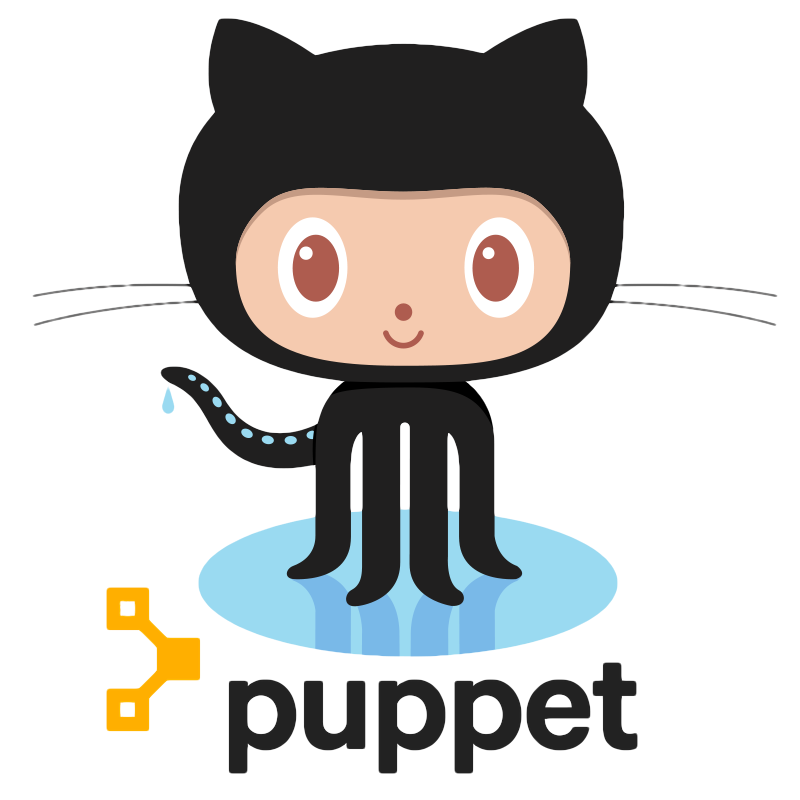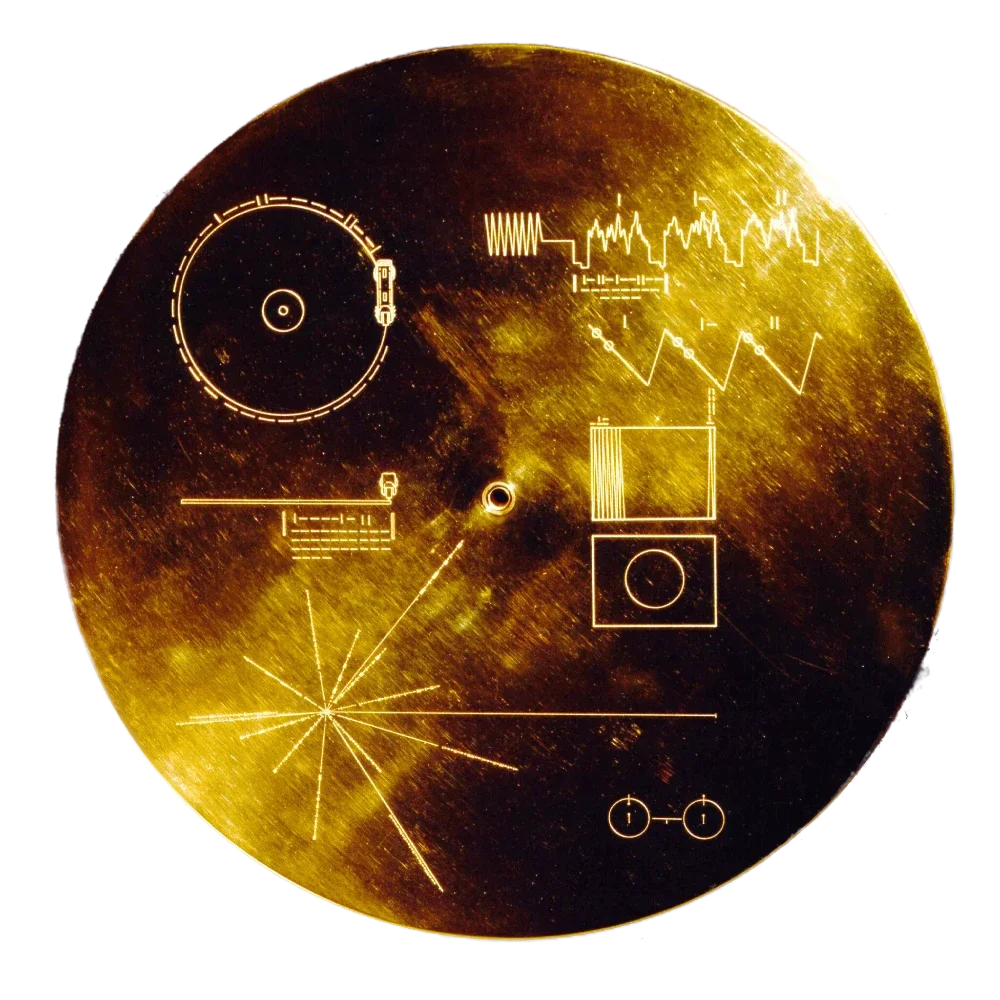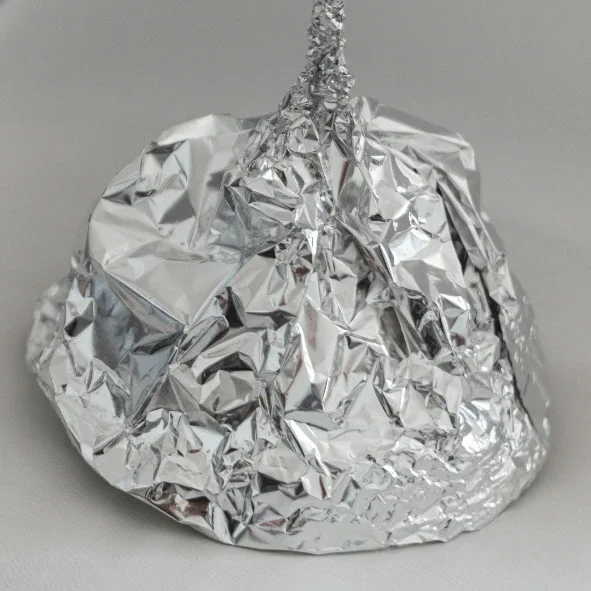Puppet's dry-run feature is a powerful tool that's often overlooked by busy sysadmins—it’s a great way to avoid unforeseen side effects of your config changes.
Scaling Puppet with Git
Scaling Puppet is most commonly done using client/server mode. However, is there a better way? We present an alternative to the traditional Puppetmaster solution using Git. Guest post by Stephen Nelson-Smith.
What's wrong with this image? Config management vs the “golden image”
Managing server config with “golden images” seems attractive, but ends up being hard to manage. Automation is more flexible, but also more costly to set up. Let’s examine the trade-offs.
Deciding which Docker tag to use
How does versioning work in container images? What are the different strategies for using Docker version tags? We explain how Docker versions work, and how to use them in your own Dockerfiles.
Securing modern applications in the cloud
The Threat Stack podcast interviews John and Justin about Kubernetes, container security, and much more.
Database migrations in Kubernetes
A quick tutorial on two ways to migrate databases in Ci/CD pipelines: running migrations using a CLI tool, and using a Kubernetes Job resource.
Puppet versus Chef: 10 reasons Puppet wins
Chef vs. Puppet is an ongoing debate, but here are 10 advantages I believe Puppet has over Chef today.
Puppet and MySQL: create databases and users
Most applications use some kind of SQL database. Here’s how to manage your MySQL servers, users, databases, and access permissions using Puppet.
Golden image or foil ball?
Managing server config with “golden images” is more like managing a foil ball: it’s difficult to pull apart, and difficult to press back together. Luke Kanies has a better way.









